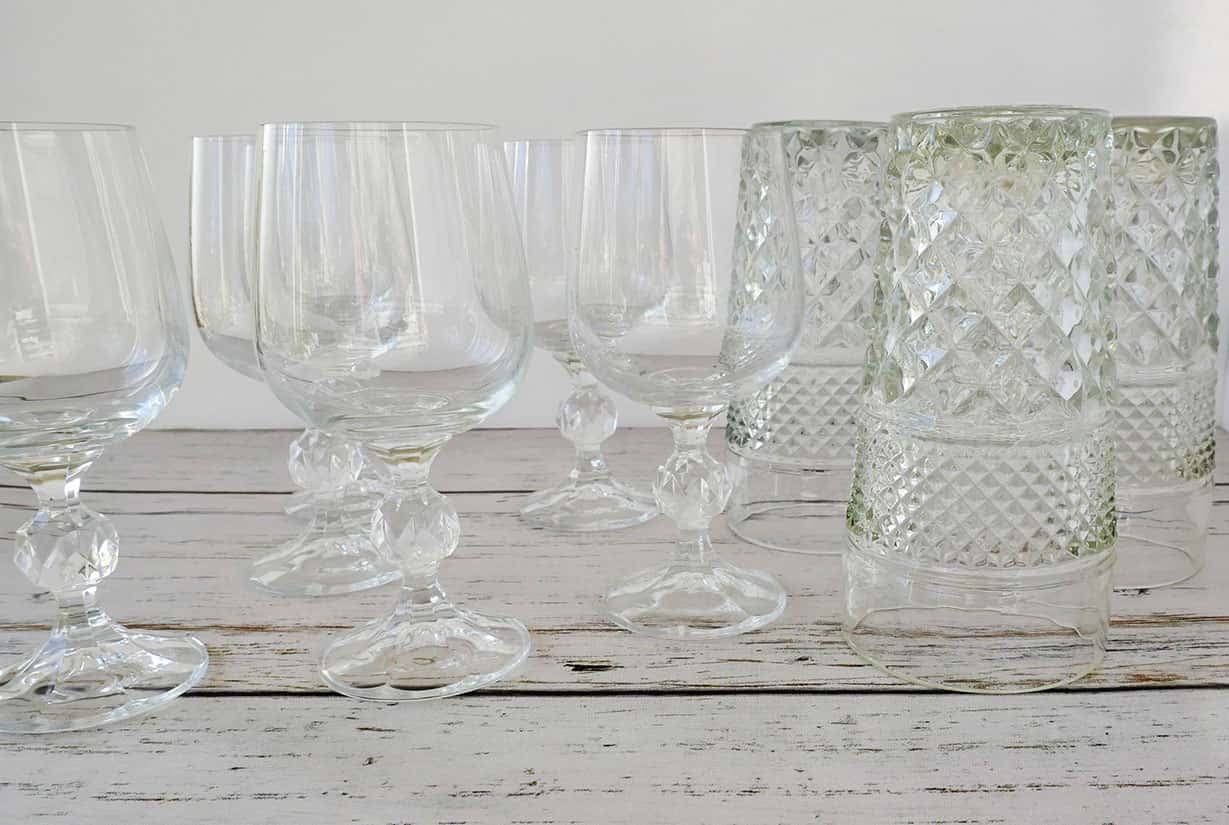

Tableware
How To Store Stemware
Modified: April 23, 2024
Learn the best techniques for storing and organizing your tableware, including stemware, with our helpful guide on how to store stemware. Keep your precious glassware safe and easily accessible.
(Many of the links in this article redirect to a specific reviewed product. Your purchase of these products through affiliate links helps to generate commission for Storables.com, at no extra cost. Learn more)
Introduction
Welcome to our comprehensive guide on how to store stemware. Stemware, also known as tableware or glassware, refers to the elegant and delicate glasses used for serving beverages such as wine, champagne, and cocktails. Whether you have a small collection of stemware or a large, valuable assortment, proper storage is essential to preserve their beauty and functionality.
Proper storage not only protects your stemware from damage but also ensures that they remain in perfect condition for many years to come. In this article, we will walk you through the steps to store your stemware safely and effectively, preventing scratches, cracks, and other potential issues.
Before we dive into the details, it’s important to note that the techniques we will discuss here apply to both crystal and glass stemware. However, keep in mind that crystal stemware is more delicate and requires extra care during storage.
Now, let’s get started and learn how to store your stemware properly to enjoy many memorable toasts and gatherings!
Key Takeaways:
- Properly storing stemware involves choosing the right storage space, preparing the glasses, using protective wrapping, and organizing them effectively. Storing stemware upside down and maintaining them regularly ensures longevity and functionality.
- By maintaining the right temperature and humidity levels, avoiding extreme conditions, and handling stemware with care, you can preserve their beauty and functionality for years to come. Enjoy your well-preserved stemware collection for countless memorable toasts and gatherings!
Read more: What Is Stemware?
Step 1: Choosing the Right Storage Space
The first step in storing your stemware is to select an appropriate storage space. Ideally, you want to find a location that is cool, dry, and free from excessive heat and humidity. The environment plays a crucial role in preserving the quality of your stemware, so it’s essential to choose wisely.
Here are some factors to consider when selecting a storage space for your stemware:
- Temperature: Extreme temperatures can cause glass to expand and contract, leading to cracks and breakage. Opt for a storage area with a consistent temperature, ideally around 55-65 degrees Fahrenheit (12-18 degrees Celsius). Avoid areas exposed to direct sunlight or near sources of heat such as radiators or ovens.
- Humidity: Excessive humidity can result in mold, mildew, and damaged labels on wine glasses. Aim for a humidity level of around 50-70%. Avoid storing your stemware in damp basements or areas prone to moisture buildup.
- Protection from vibrations: Stemware is delicate and easily susceptible to vibrations. Choose a storage space away from heavy foot traffic, appliances, or areas prone to frequent movements.
- Accessibility: Consider how easily you can access your stemware when needed. If you entertain frequently or use your stemware regularly, opt for a storage space that is convenient and easily accessible.
- Space: Ensure that the storage area has enough room to accommodate your stemware collection. Avoid overcrowding, as it can increase the risk of accidental damage.
Based on these considerations, suitable storage options may include a dedicated cabinet, a wine cellar, a hutch, or even a specific section of a pantry. The key is to find a space that meets the temperature, humidity, and protection requirements for your stemware.
Once you have selected a suitable storage space, you are ready to move on to the next step: preparing the stemware for storage.
Step 2: Preparing the Stemware
Before storing your stemware, it is important to ensure that they are clean and dry. Proper preparation of your stemware will help prevent stains, odors, and other potential issues that may arise during storage.
Here are the steps to properly prepare your stemware for storage:
- Wash and dry: Start by washing your stemware thoroughly using mild dish soap and warm water. Avoid using harsh chemicals or abrasive scrubbers as they can damage the glass or crystal. Rinse well and allow them to air dry completely before proceeding.
- Inspect for damage: Examine each piece of stemware carefully for any cracks, chips, or other damage. It is crucial to address any issues before storing the glasses to prevent further damage or breakage.
- Remove any labels or stickers: If there are any labels or stickers on your stemware, gently remove them. Use a non-abrasive adhesive remover if necessary. Leaving labels on the glasses can lead to sticky residue that is difficult to remove later on.
- Polish and shine: For crystal stemware, consider polishing them with a soft cloth or a microfiber cloth to restore their shine. This step is optional but can help keep your stemware looking their best.
By following these preparation steps, you ensure that your stemware is clean and in good condition before they go into storage. Next, let’s move on to Step 3: Using protective wrapping or dividers.
Step 3: Using Protective Wrapping or Dividers
Protecting your stemware from potential damage during storage is crucial to ensure their longevity. Using appropriate wrapping materials or dividers will help prevent scratches, chips, and other forms of damage that can occur when glasses come into contact with each other.
Here are a few options for protecting your stemware during storage:
- Tissue paper or wrapping paper: Wrap each glass individually with tissue paper or soft wrapping paper to provide a cushioning layer. Start from the stem and continue wrapping upwards, making sure to cover the delicate areas of the glass. This will prevent the glasses from clinking together and minimize the risk of scratches.
- Bubble wrap: Another effective option is to wrap each stemware in bubble wrap. Cut the bubble wrap into individual pieces, making sure it is large enough to fully encase the glass. Secure the bubble wrap with tape. This will provide an additional layer of protection against impact and cushion the stems.
- Stemware dividers: If you have a large collection of stemware, consider investing in stemware dividers. These dividers are specifically designed to keep glasses separated and protected during storage. They often come in the form of foam or cardboard inserts that fit inside storage boxes or cabinets.
- Storage boxes: Use storage boxes designed specifically for stemware. These boxes often have built-in dividers or compartments to keep glasses separated and protected. Make sure the boxes are sturdy and offer adequate padding to minimize the risk of breakage.
When using wrapping or dividers, make sure they fit snugly and securely around each glass. This will prevent shifting and minimize the chance of damage. Additionally, label each wrapped or divided glass to make it easier to identify and retrieve specific pieces when needed.
By implementing these protective measures, you can safeguard your stemware from potential damage during storage. In the next step, we will discuss how to stack and organize your stemware effectively.
Step 4: Stacking and Organizing Stemware
Properly stacking and organizing your stemware is important to maximize storage space and prevent any accidental damage. By following some simple guidelines, you can ensure that your stemware is stored in a secure and organized manner.
Here are some tips for stacking and organizing your stemware:
- Stacking: When stacking stemware, it is important to stack them upside down. This helps protect the delicate rims of the glasses and prevents dust or other debris from collecting inside. Ensure that each glass is stable and secure in the stack, without excessive pressure from the glasses above.
- Separation: If you are using storage boxes or cabinets with dividers, make sure to place each glass in its designated compartment. This prevents glasses from touching or rubbing against each other, reducing the risk of scratches or chips.
- Space optimization: Maximize your storage space by stacking stemware with similar sizes and shapes together. This helps to create a more organized and efficient storage system. Consider using adjustable shelf inserts or racks to accommodate glasses of different heights.
- Weight distribution: Be mindful of weight distribution when stacking multiple boxes or containers. Place heavier boxes or containers at the bottom to provide stability and prevent toppling.
- Accessibility: Consider storing stemware that you use more frequently in easily accessible areas. This way, you can retrieve them without the risk of knocking over or disturbing other glasses in storage.
Remember to handle each glass with care when stacking and organizing. Use both hands to grip the stem, avoiding the bowl of the glass, which is more susceptible to damage.
Following these stacking and organizing methods will help keep your stemware safe and easily accessible. In the next step, we will discuss the importance of storing stemware upside down.
Store stemware by hanging it upside down on a stemware rack to prevent dust and damage. Keep them in a cool, dry place away from direct sunlight to avoid discoloration.
Read more: How To Place Stemware
Step 5: Storing Stemware Upside Down
Storing your stemware upside down is a crucial step to ensure their longevity and prevent dust and debris from accumulating inside the glasses. By storing them upside down, you protect the delicate rims and keep them clean and ready for use.
Here are the reasons why you should store your stemware upside down:
- Protects the rims: The rims of your stemware are fragile and prone to damage. Storing them upside down keeps the rims elevated and protected from any potential impact or pressure when in storage. This reduces the risk of chips or cracks that can occur when stored right-side up.
- Prevents dust and debris: Storing stemware upside down prevents dust, lint, and other debris from settling inside the glasses. When stored right-side up, the open mouths of the glasses can collect dust and impurities, making it more difficult to clean them before use.
- Eases cleaning: Storing stemware upside down means that you won’t have to clean the inside of the glasses before use. Simply give them a quick rinse, and they are ready to be used, minimizing the time and effort required for cleaning.
- Preserves clarity: Storing stemware upside down helps maintain the clarity of the glass or crystal. This is especially important for wine glasses, as any residue or film left inside the glass can affect the appearance and aroma of the wine.
When storing stemware upside down, ensure that they are placed securely in their designated compartments or stacked with stability. Check that the glasses are not in direct contact with any hard surfaces or materials that may cause scratches or damage.
By storing your stemware upside down, you protect their delicate rims, keep them clean, and simplify the cleaning process. In the next step, we will discuss precautions to take regarding temperature and humidity in storage areas.
Step 6: Avoiding Extreme Temperatures and Humidity
Maintaining the right temperature and humidity levels in your stemware storage area is crucial to preserve the quality and longevity of your glasses. Extreme temperatures and high humidity can significantly impact the condition of the glass or crystal, leading to potential damage or deterioration.
Here are some guidelines to follow when it comes to temperature and humidity control:
- Temperature control: Extreme temperatures can cause glass to expand or contract, leading to cracks or breakage. It is important to store your stemware in an area with a consistent and moderate temperature. Ideally, aim for a temperature between 55-65 degrees Fahrenheit (12-18 degrees Celsius). Avoid storing stemware in areas exposed to direct sunlight, near heat sources, or in basements that are prone to temperature fluctuations.
- Humidity regulation: Excessive humidity can result in the growth of mold, mildew, or damage to labels and corks in wine glasses. It is recommended to maintain a humidity level between 50-70%. Ensure that the storage area is well-ventilated to prevent moisture buildup. Consider using a dehumidifier or moisture-absorbing packets to control the humidity if necessary.
- Climate-controlled storage: If you have a valuable or extensive stemware collection, you may want to invest in a climate-controlled storage solution such as a wine cellar or a dedicated cabinet with built-in temperature and humidity controls. These specialized storage options provide the ideal environment for preserving the quality of your stemware.
- Avoid temperature fluctuations: Rapid changes in temperature can be detrimental to your stemware. Avoid placing glasses in areas where there are frequent temperature fluctuations, such as near heating vents, air conditioning units, or drafts from windows or doors.
- Regular monitoring: It is important to regularly check the temperature and humidity levels in your stemware storage area. Use a thermometer and hygrometer to keep track of the conditions, ensuring they remain within the recommended ranges. Make any necessary adjustments to maintain optimal storage conditions for your stemware.
By being mindful of temperature and humidity control, you can prolong the lifespan and preserve the beauty of your stemware collection. In the final step, we will discuss how to maintain your stemware to ensure they remain in excellent condition over time.
Step 7: Maintaining Your Stemware Collection
Maintaining your stemware collection is essential to ensure that they remain in excellent condition for years to come. Regular care and proper handling will help preserve the beauty, clarity, and functionality of your glasses.
Here are some tips for maintaining your stemware:
- Handwashing: While some stemware may be labeled as dishwasher-safe, it is generally recommended to handwash your glasses. Use warm water and mild dish soap to gently wash each glass, taking care to avoid harsh scrubbing or excessive pressure. Rinse thoroughly and dry with a soft, lint-free cloth to prevent water spots.
- Avoid extreme temperatures: When using your stemware for hot beverages, such as mulled wine or hot toddies, avoid rapid temperature changes. Preheat the glass with warm water before pouring hot liquids to prevent the glass from cracking due to a sudden change in temperature.
- Handle with care: When handling your stemware, always hold the glass by the stem rather than the bowl. The stem is designed to be held to prevent heat transfer from your hand and to avoid leaving fingerprints or smudges on the bowl.
- Store separate from other items: Avoid storing your stemware alongside other items that could potentially scratch or damage them. Keep them separate from other kitchenware or heavy objects that could cause accidental collisions.
- Regular inspections: Periodically inspect your stemware for any signs of damage, such as chips, cracks, or cloudiness. Address any issues promptly to prevent further damage or compromise the functionality of the glasses.
- Polishing: For crystal stemware, consider using a soft cloth or a microfiber cloth to gently polish the glasses and restore their shine. This can help remove any fingerprints or smudges that may have accumulated during use or storage.
- Use proper stemware for different beverages: Different types of stemware are designed for specific beverages to enhance their aroma and taste. Use the appropriate glassware for each beverage to fully enjoy its characteristics and enhance your drinking experience.
By following these maintenance tips, you can prolong the lifespan and ensure the continued beauty and functionality of your stemware collection.
With these seven steps, you now have a comprehensive guide on how to store and maintain your stemware. By choosing the right storage space, preparing the stemware, using protective wrapping or dividers, stacking and organizing them effectively, storing them upside down, avoiding extreme temperatures and humidity, and maintaining them regularly, you can enjoy your stemware for many years to come and create countless cherished memories during special occasions and gatherings.
Cheers to a properly stored and well-maintained stemware collection!
Conclusion
Properly storing and maintaining your stemware is key to preserving their beauty, functionality, and lifespan. Whether you have a small collection or a vast assortment of stemware, following these essential steps will ensure that your glasses remain protected and ready for use.
By choosing the right storage space with controlled temperature and humidity levels, you create an ideal environment for your stemware. Preparing the glasses by cleaning them thoroughly and inspecting for damage sets the foundation for their safe storage. Using protective wrapping or dividers prevents scratches and chips, while stacking and organizing the stemware maximizes storage space and accessibility.
Storing your stemware upside down keeps the delicate rims protected and prevents dust and debris from accumulating inside the glasses. Avoiding extreme temperatures and humidity safeguards the quality of the glass or crystal. Regular maintenance, such as handwashing, gentle handling, and periodic inspections, ensures that your stemware remains in excellent condition.
Remember, your stemware collection represents more than just glasses; it is a reflection of your style and taste. By implementing these steps, you can enjoy your stemware for many years, creating memorable moments and toasting to special occasions.
So, take the time to store your stemware properly, handle them with care, and maintain their beauty. Cheers to a well-preserved stemware collection that will continue to bring joy and elegance to your dining experiences!
Frequently Asked Questions about How To Store Stemware
Was this page helpful?
At Storables.com, we guarantee accurate and reliable information. Our content, validated by Expert Board Contributors, is crafted following stringent Editorial Policies. We're committed to providing you with well-researched, expert-backed insights for all your informational needs.
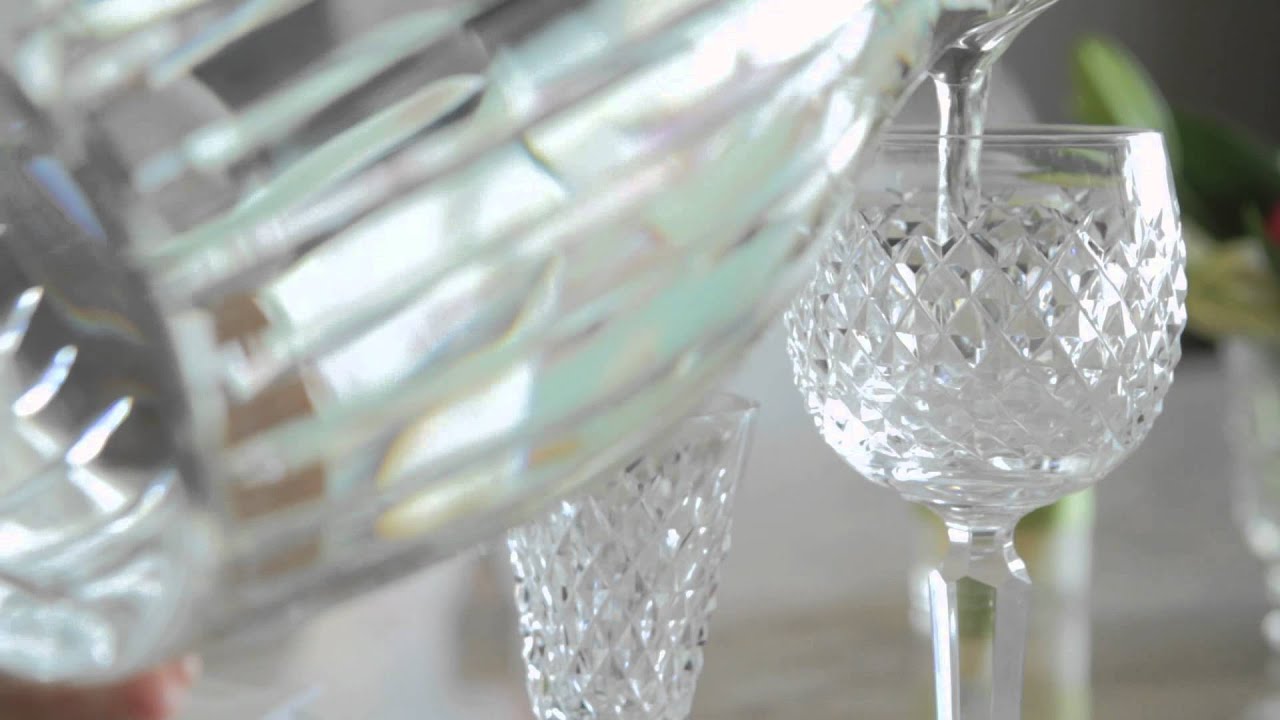
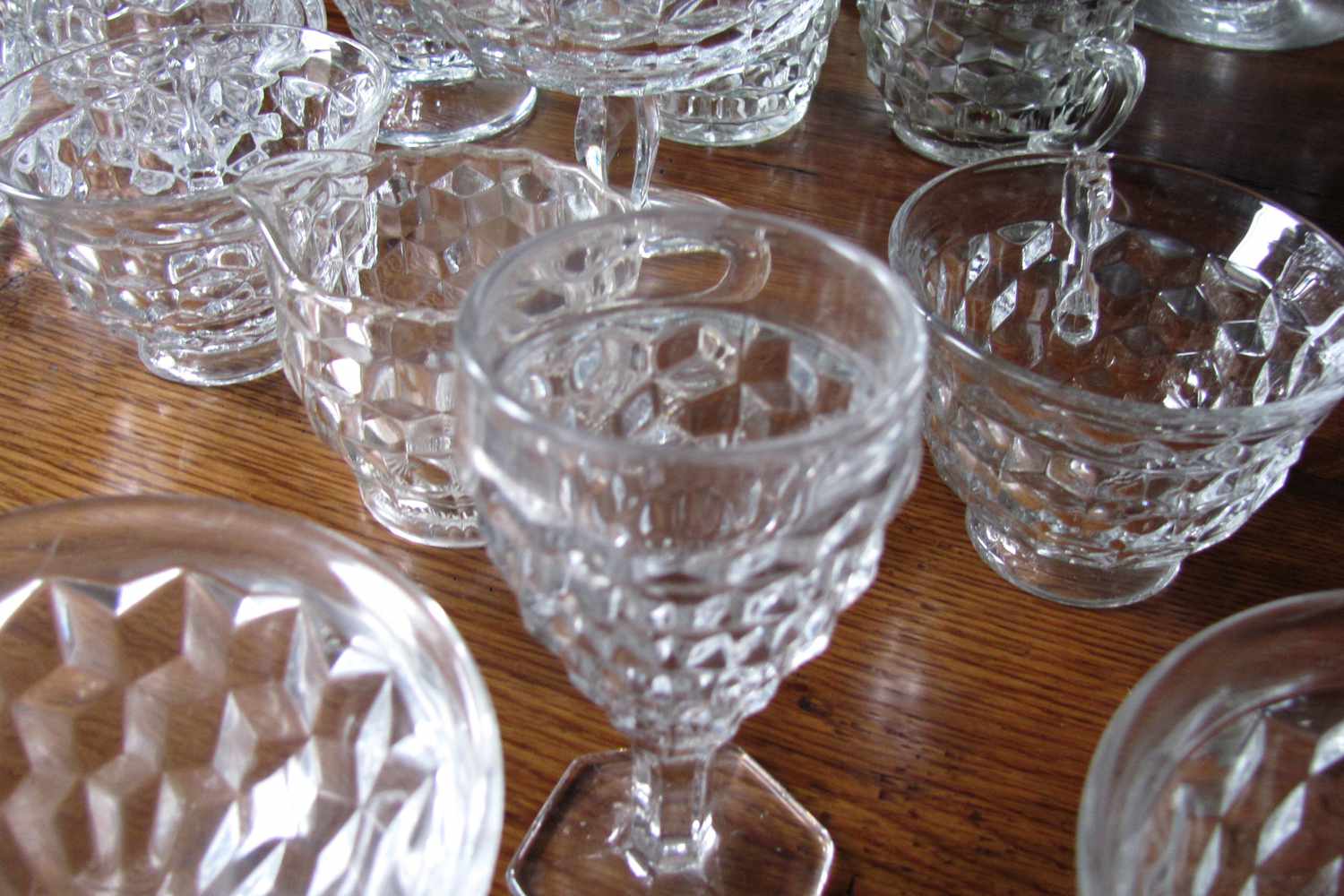
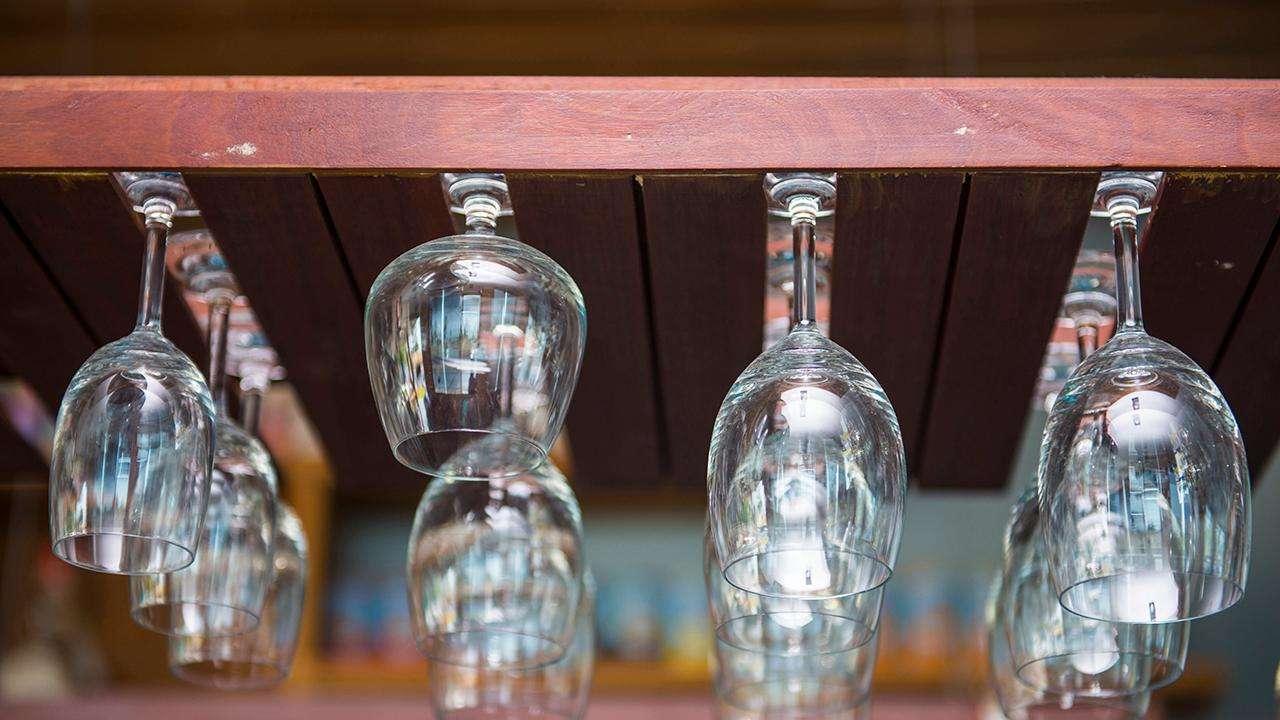

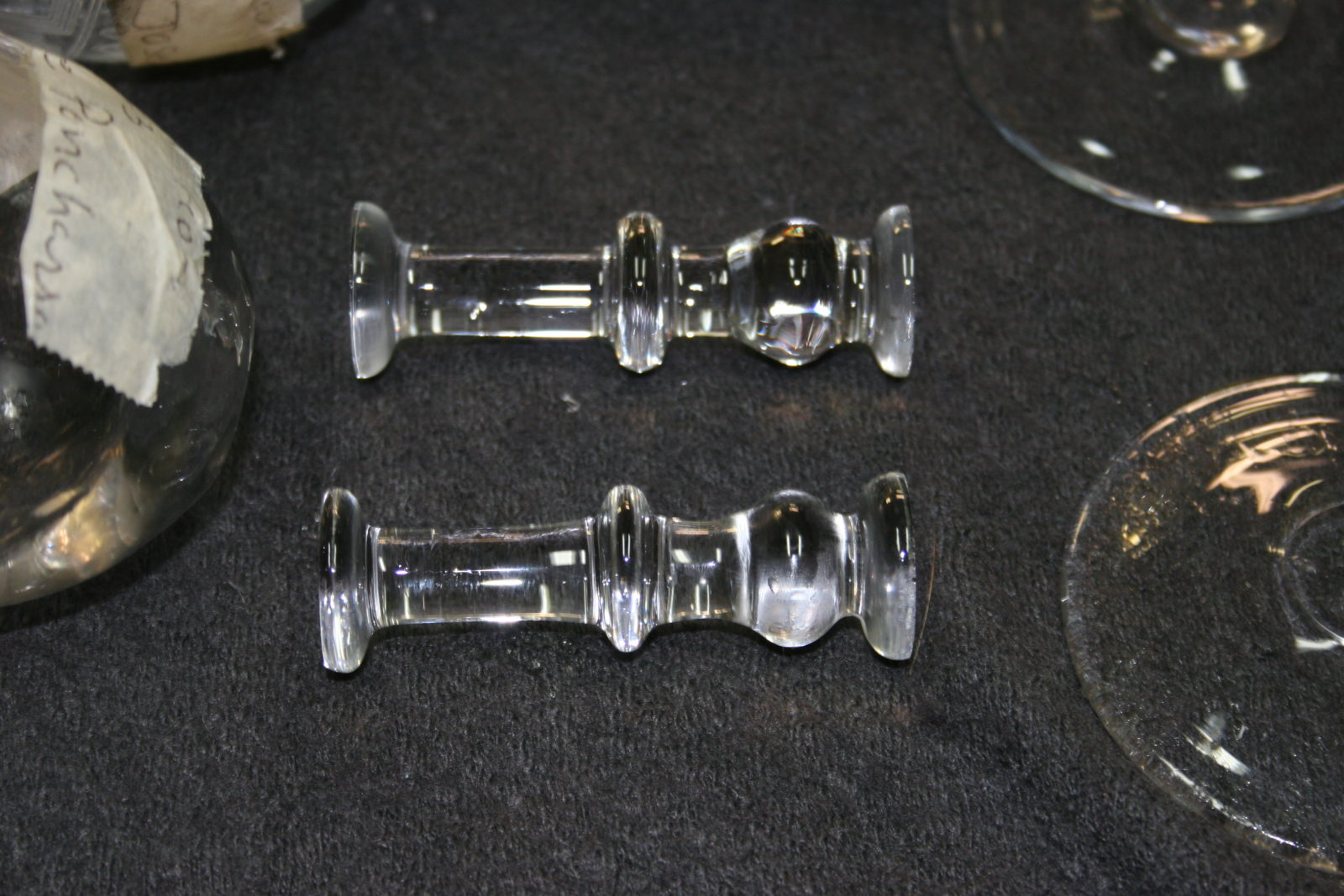
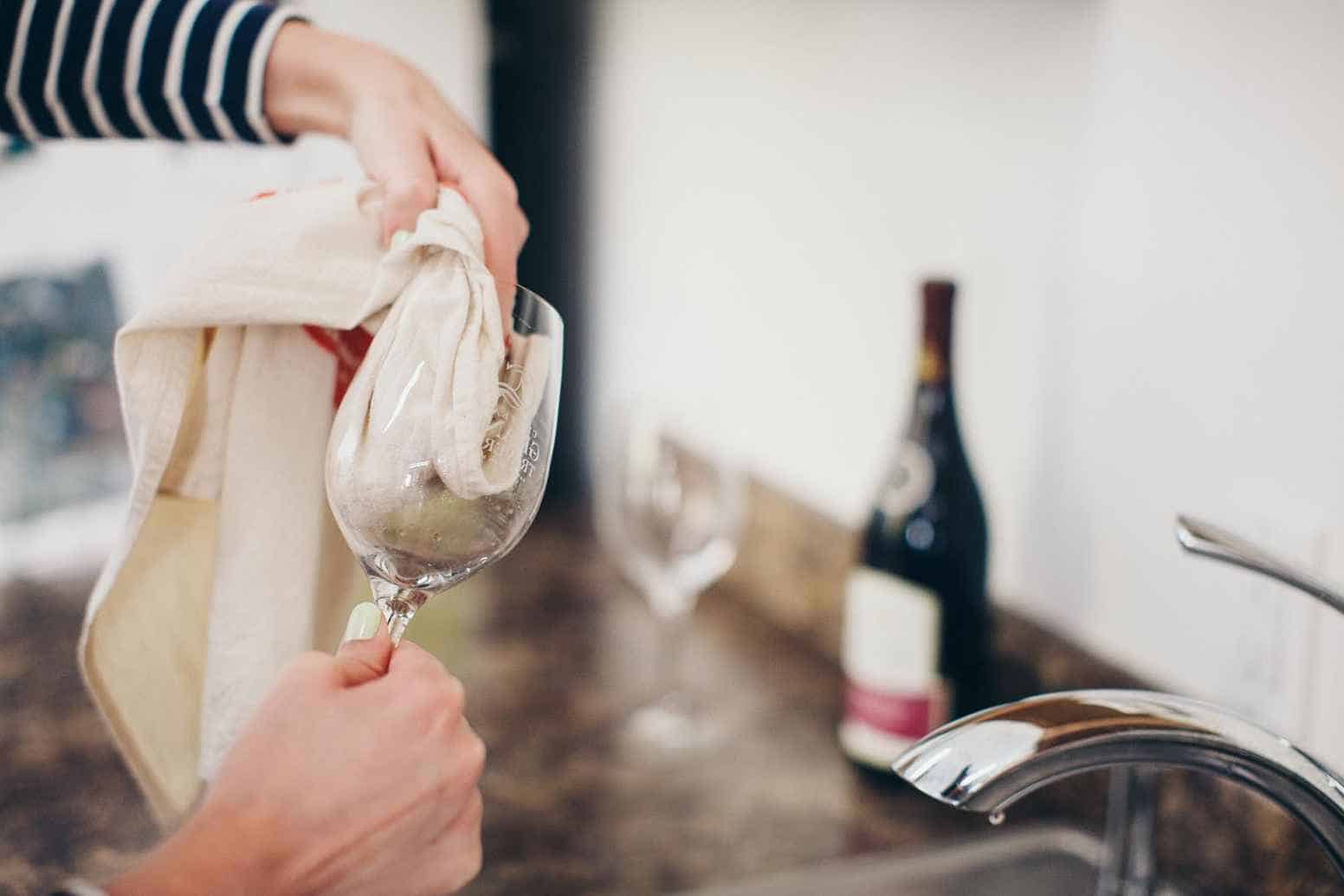
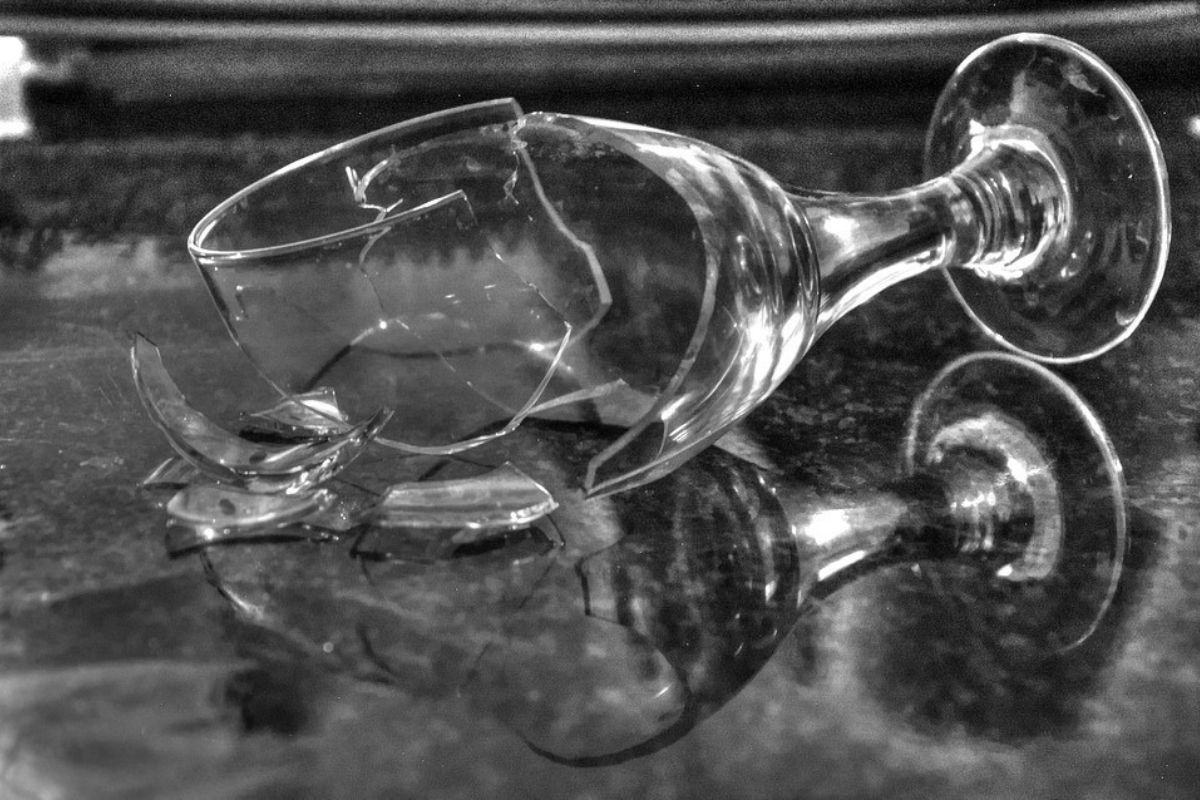
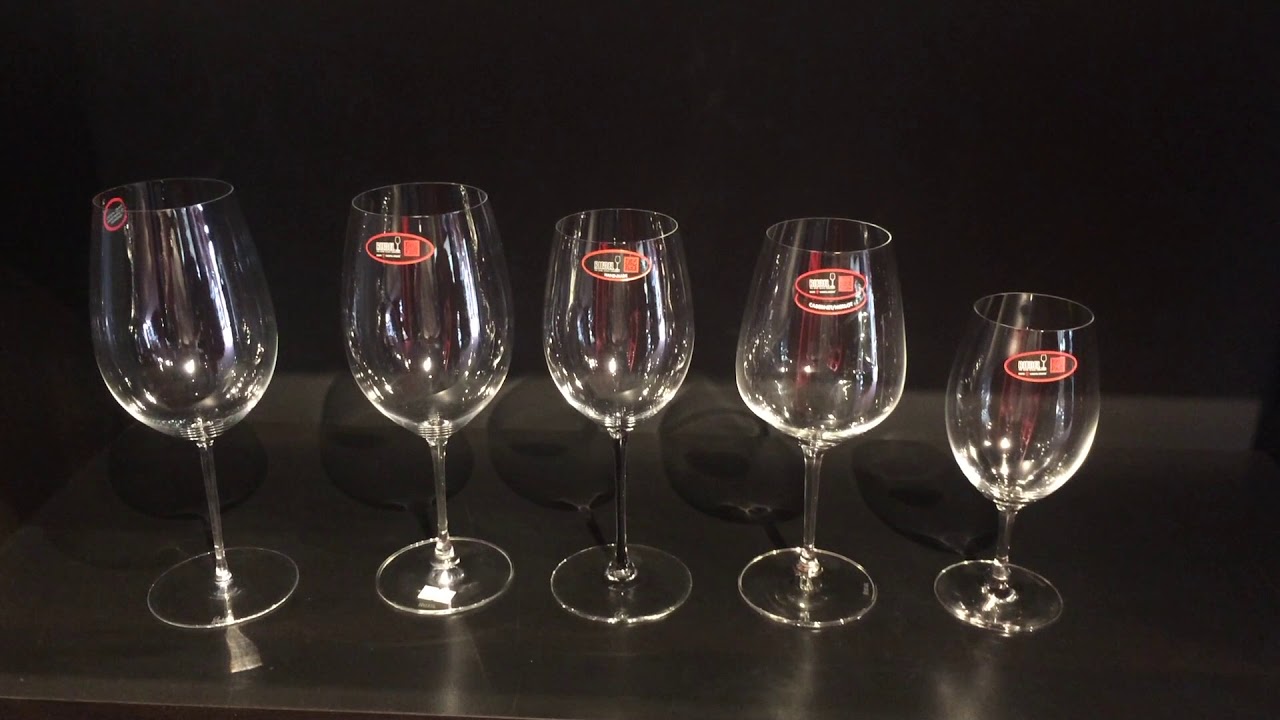
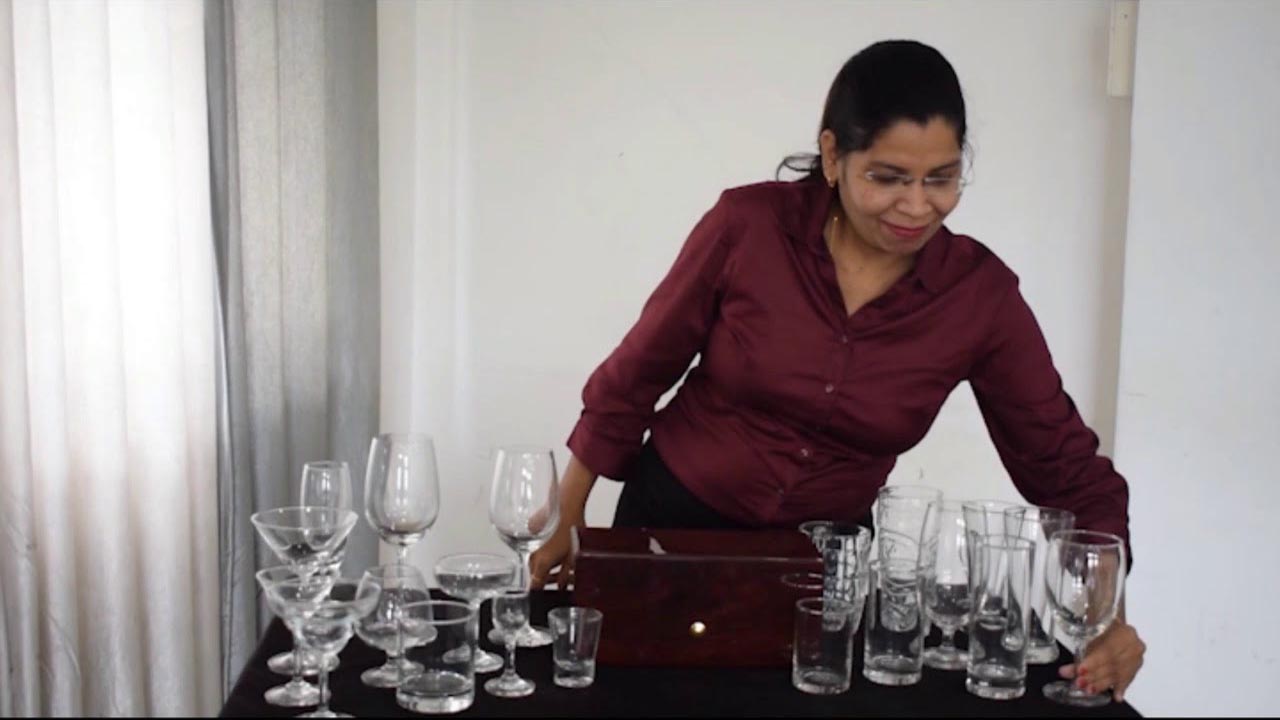
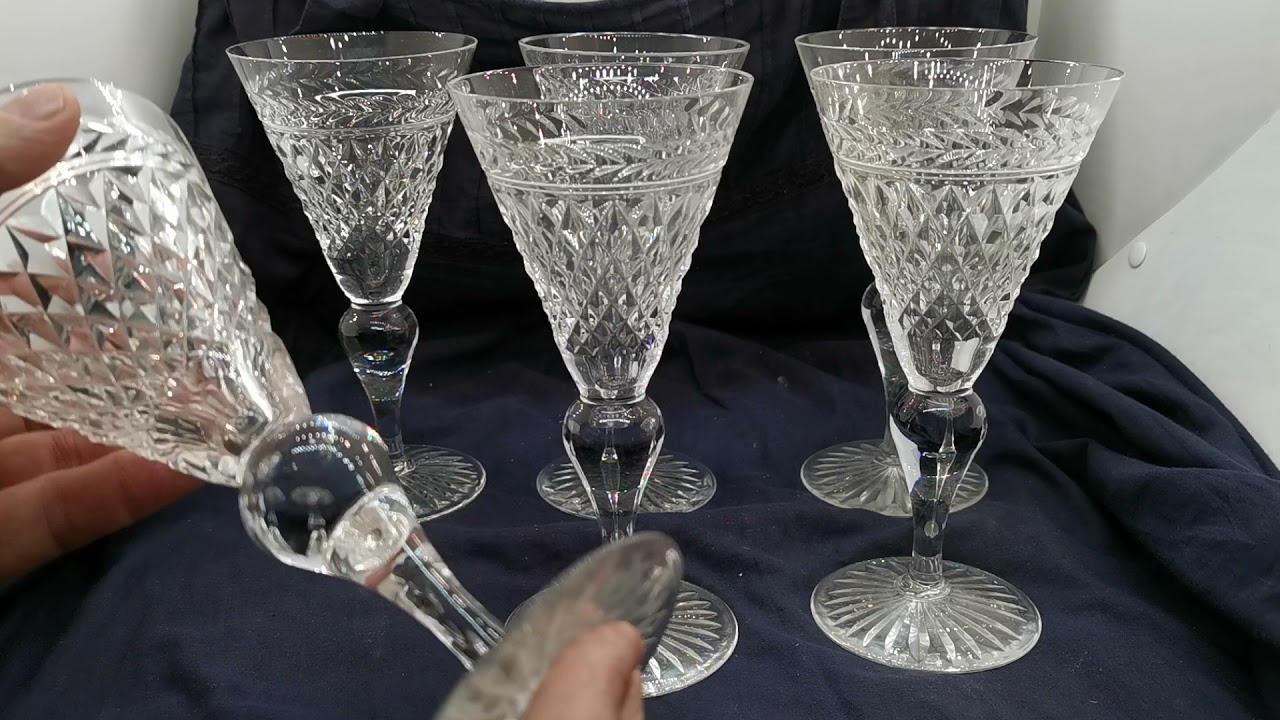
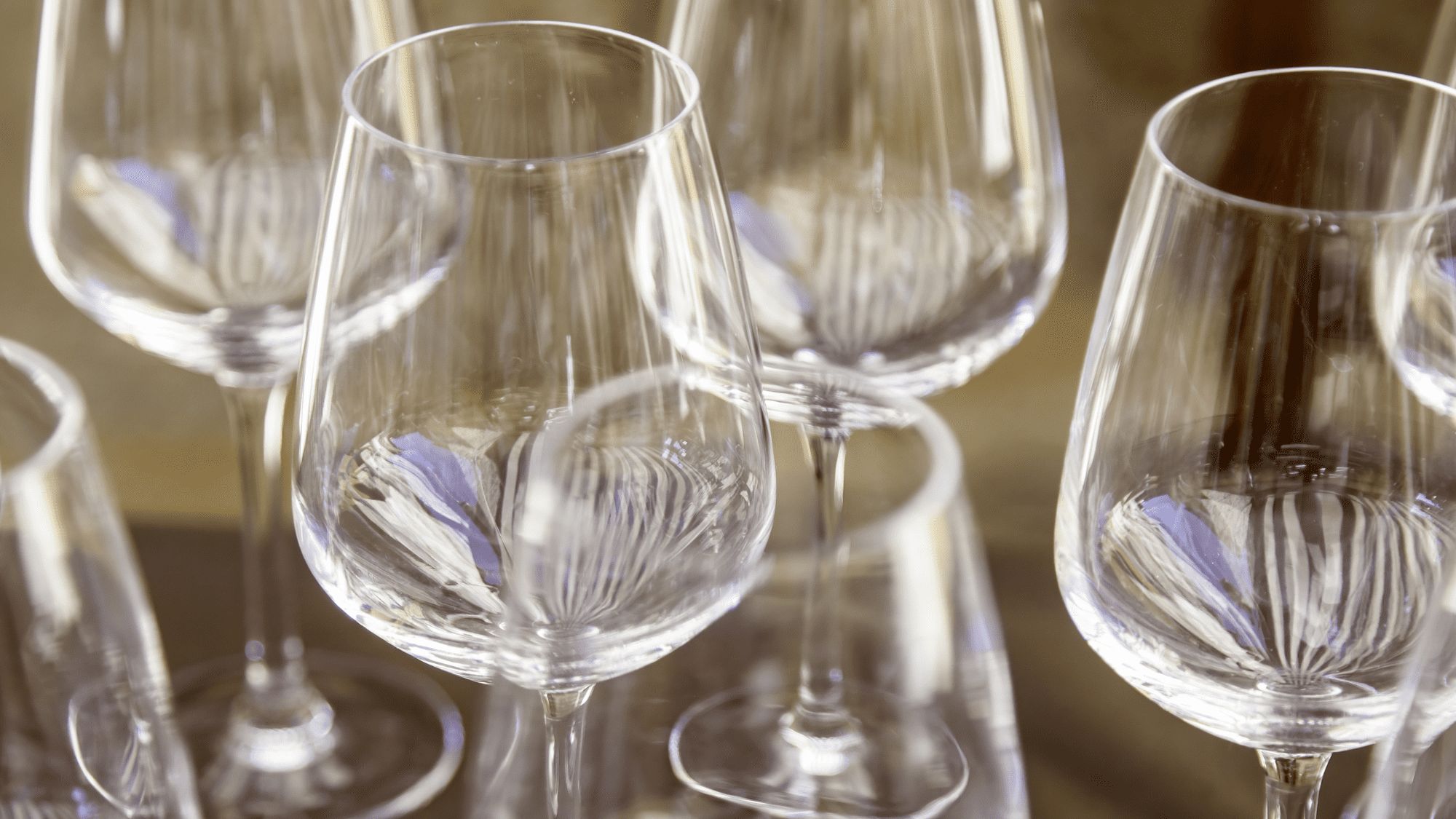
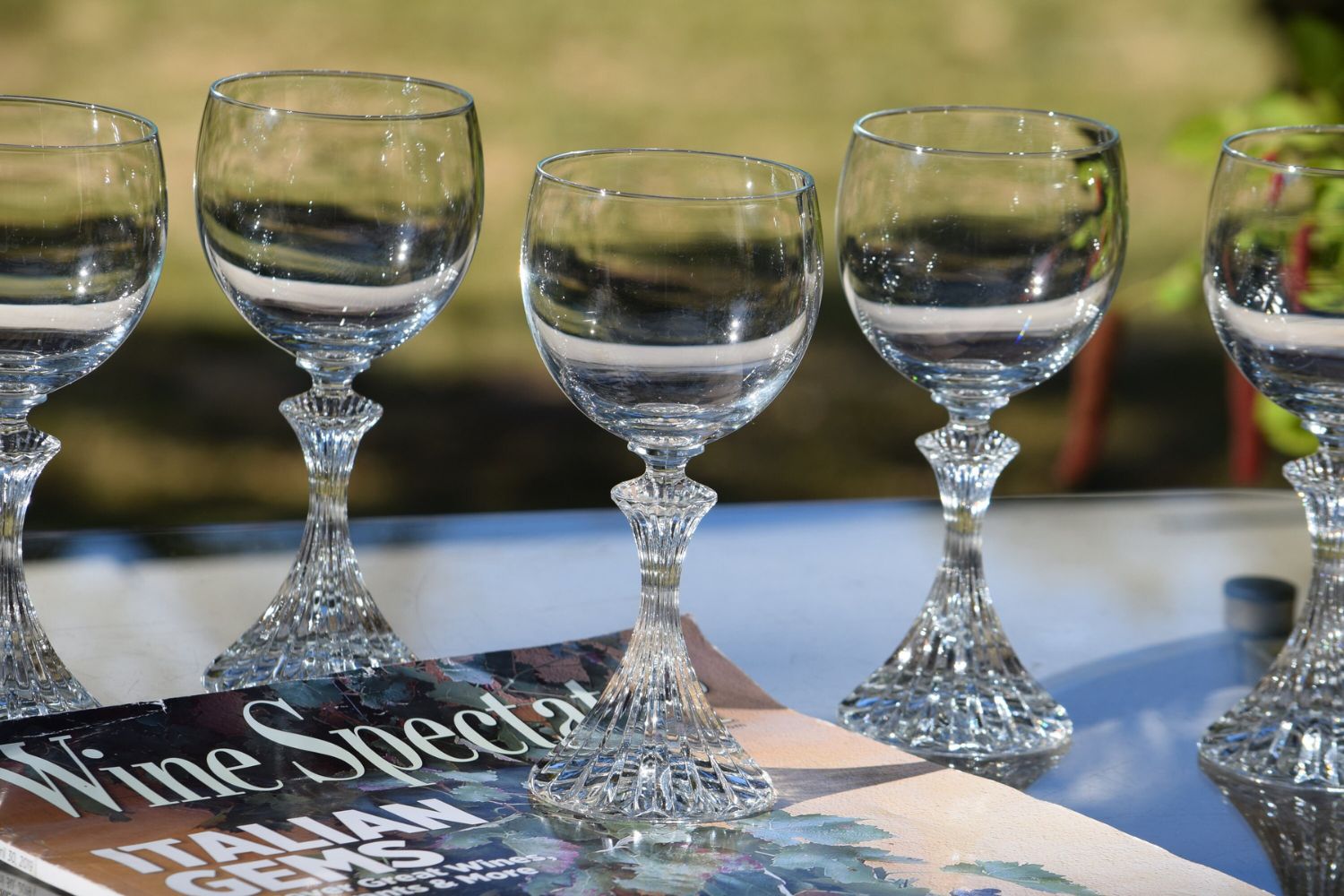
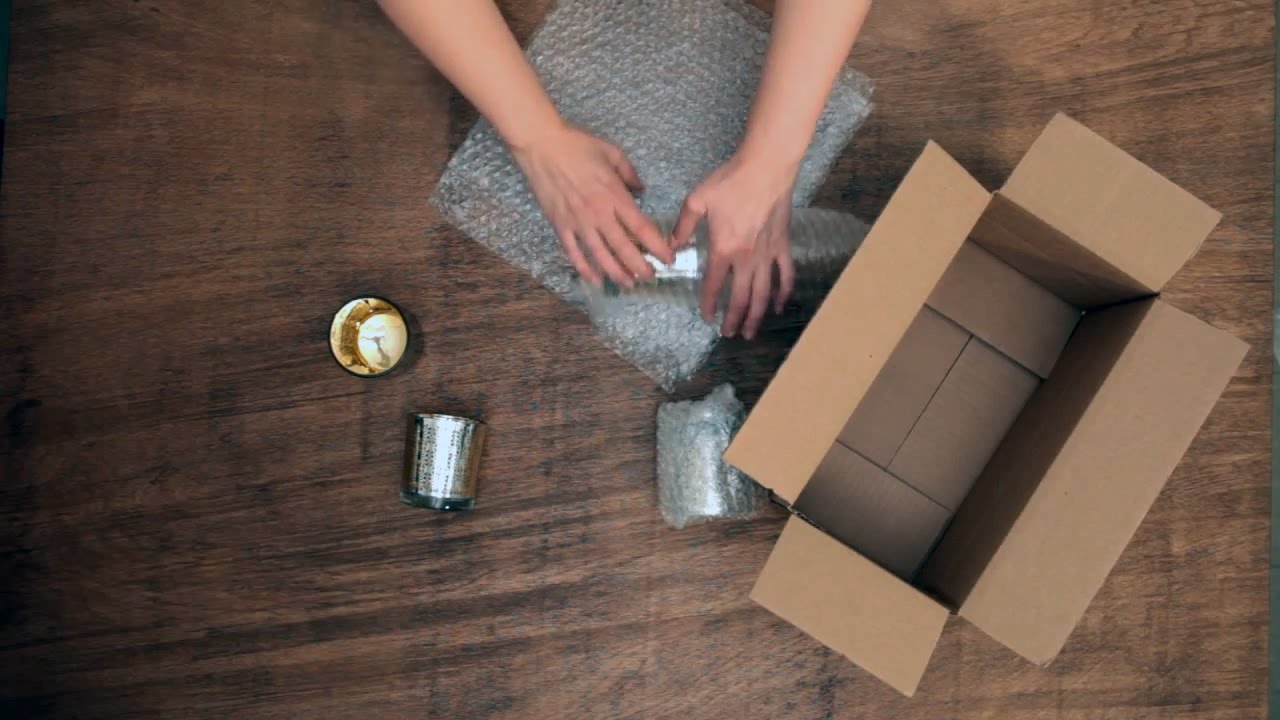
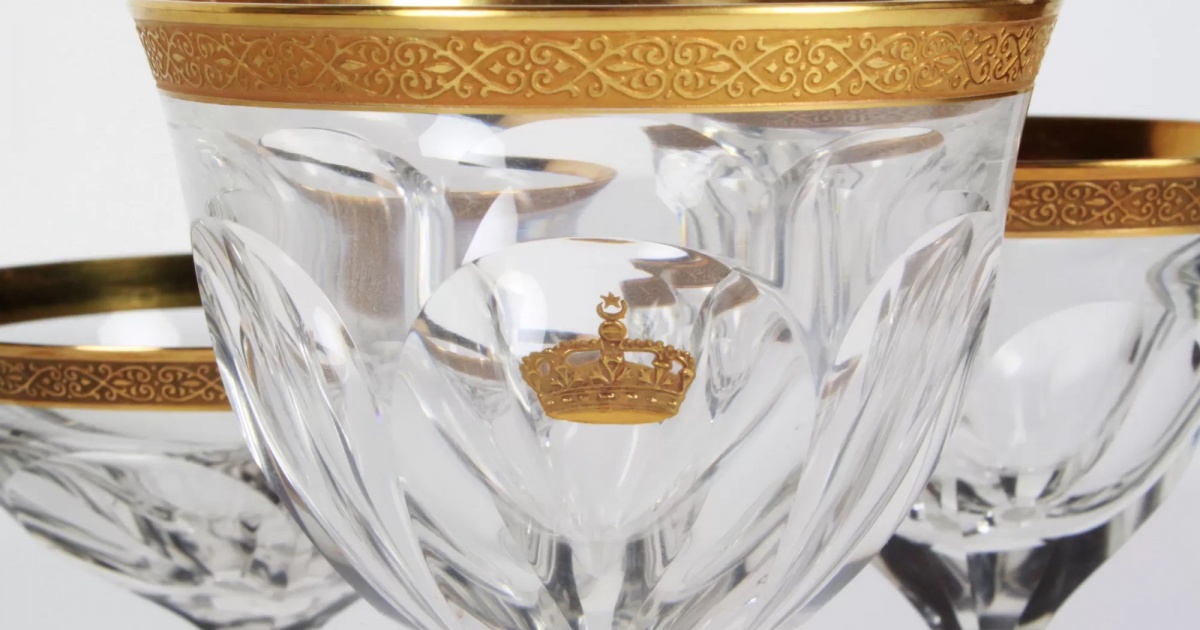

0 thoughts on “How To Store Stemware”